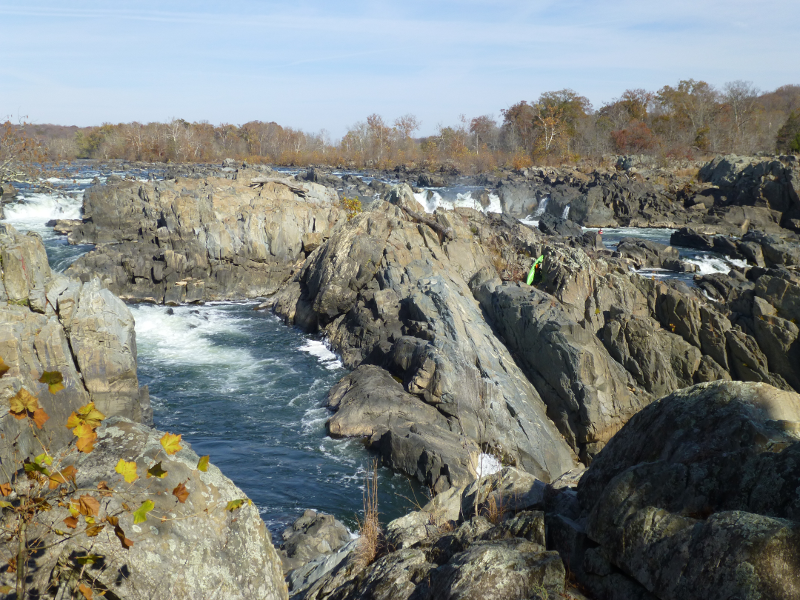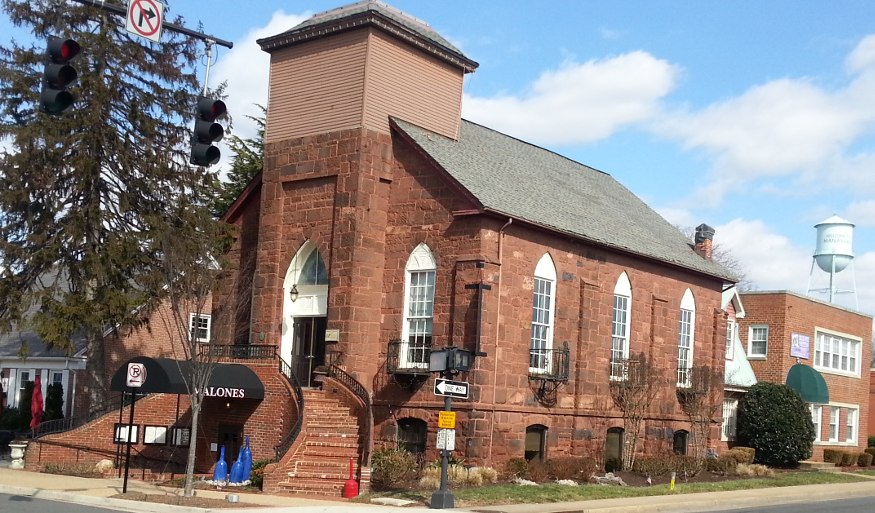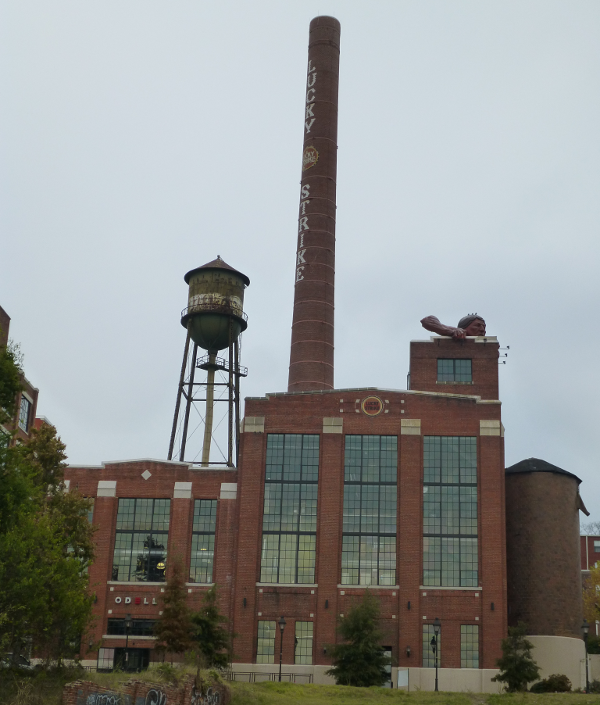
one of the three optional field trips goes to Great Falls for a three hour tour (no, it does not include getting on the SS Minnow with Gilligan...)

one of the three optional field trips goes to Great Falls for a three hour tour (no, it does not include getting on the SS Minnow with Gilligan...)
This course explores one place – Virginia - from multiple perspectives, integrating leaning from different disciplines. We examine how rocks shaped the rivers, and how the rivers shaped the development of different communities. We examine agriculture, wildlife, energy use, economic development, water use, and waste management. We distinguish the different regions and political boundaries, from the days when Spain claimed "Florida" to the recent decisions of cities/towns to relinquish their municipal charters.
Early settlement patterns, from Paleo-Indian times through the colonial period, are considered together with recent economic changes in order to predict future growth patterns. Political patterns are matched with population patterns, and predictions made for the future. We look at the transportation network, discuss how roads/railroads affected city development and military conflicts in the past, and consider if today’s plans for new highways and passenger rail reflect "smart growth" principles.

change over time in Northern Virginia is reflected in the recycling of the Manassas Presbyterian Church, built in 1875, into a downtown restaurant
We use modern technology such as online mapping tools, databases, and StoryMaps to develop our understanding of different regions within the state and how Virginia differs from other places. However, the focus is on understanding the reasons why places evolved differently (the "why of where,"), rather than learning to use Geographic Information Systems (GIS) or other technology. Other geography classes teach the tools; this class focuses on the stories of how Virginia and its different places evolved.
Class content is provided online on the class website at www.virginiaplaces.org. If you want to buy a book, consider putting a copy of the Virginia Atlas and Gazetteer by Delorme in your car. It will be particularly useful in the mountain valleys, where you can not get directions on your cell phone.
Class will meet every other week on the Fairfax campus, Mondays between 1:30-2:45pm. Other interaction with the instructor and with other students will occur through e-mail and a blog, plus three optional half-day field trips. There are multiple opportunities to meet in person with the instructor to review material and prepare class assignments, but those too are optional. It is possible to complete the class without ever going to a GMU campus – or even getting out of your pajamas.
Many short, online quizzes throughout the semester provide regular feedback on course progress. In addition, students will choose one place for close observation during the semester, and report on some aspect of that place based on the topics being discussed each week. At the end of the semester, the reports will be consolidated into a portfolio that provides a wide-ranging, in-depth evaluation of that one place.

the Lucky Strike cigarette factory on Church Hill in Richmond has been re-purposed into The River Lofts at Tobacco Row residences (complete with "Connecticut," the statue of a Native American that was located at the local baseball park until the Atlanta Braves moved their AAA farm team to Georgia)